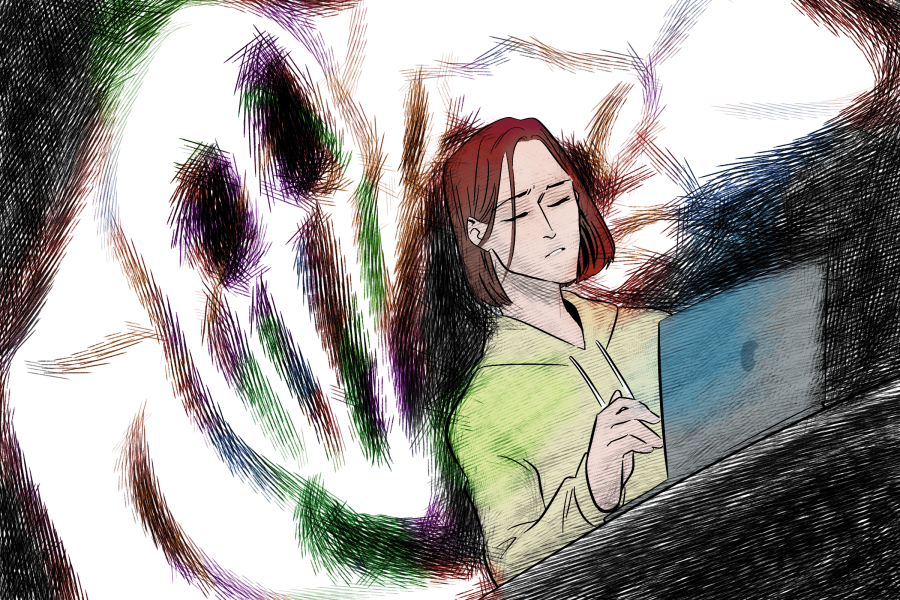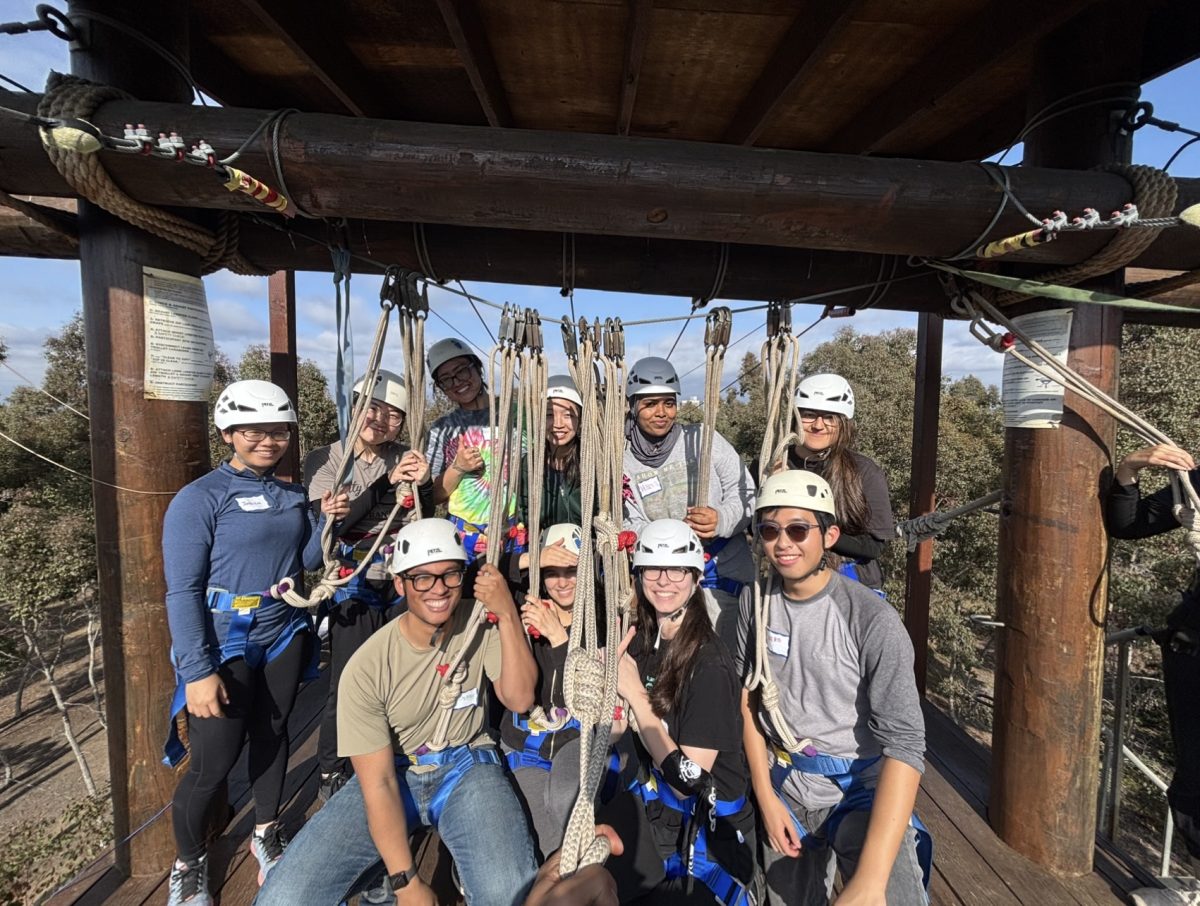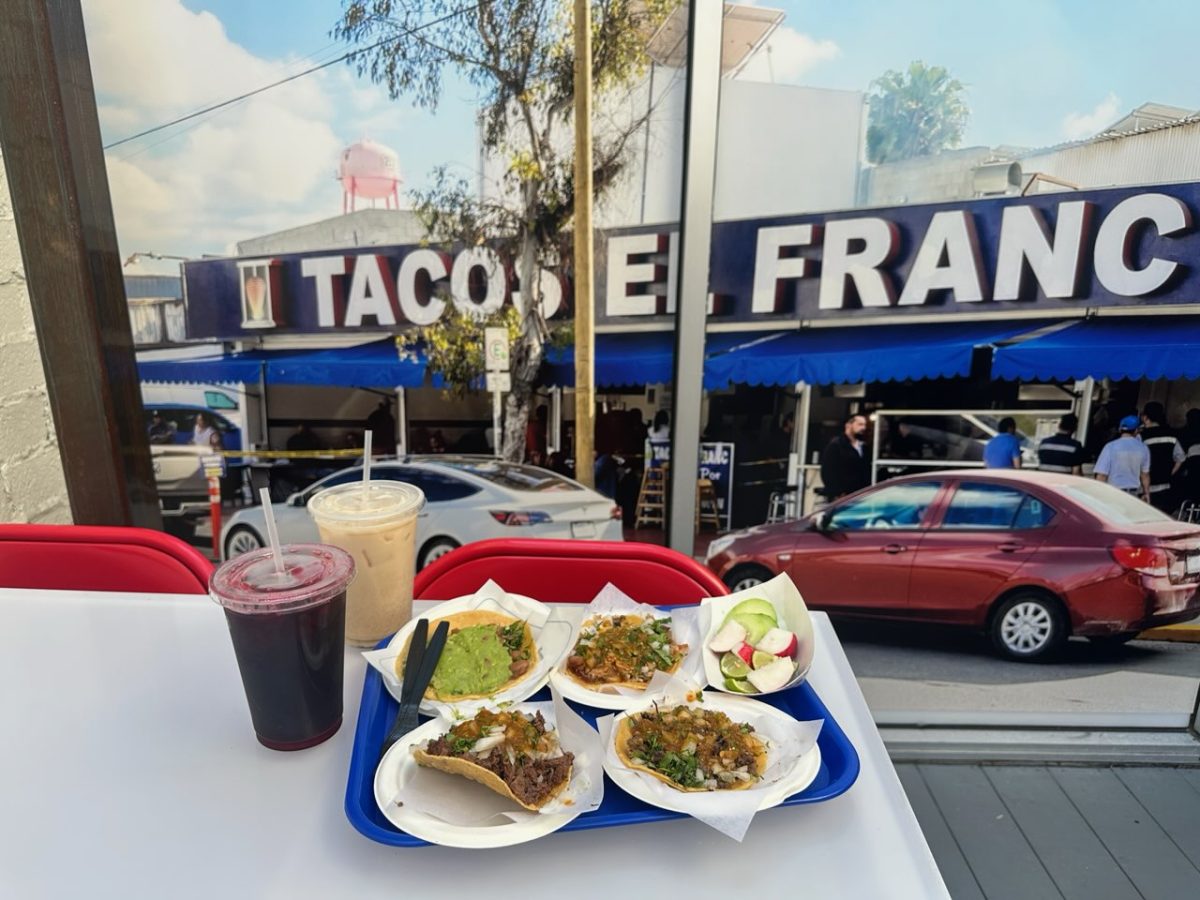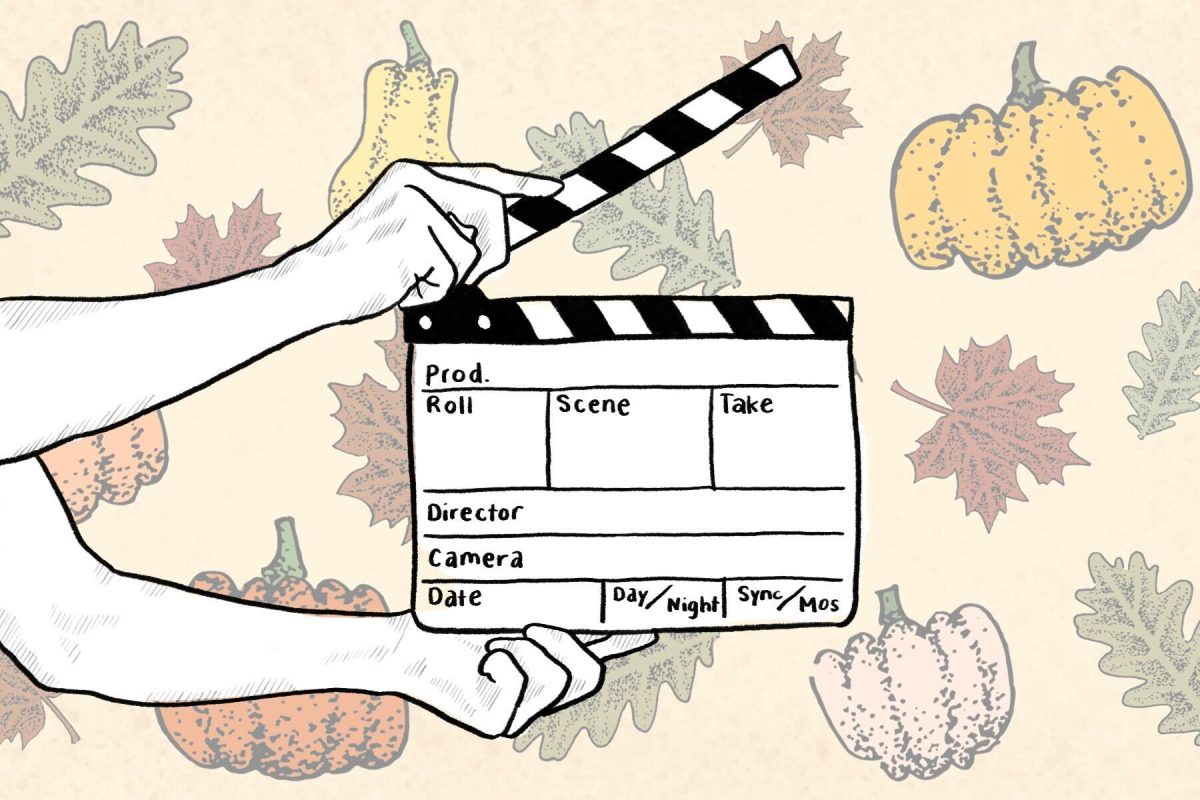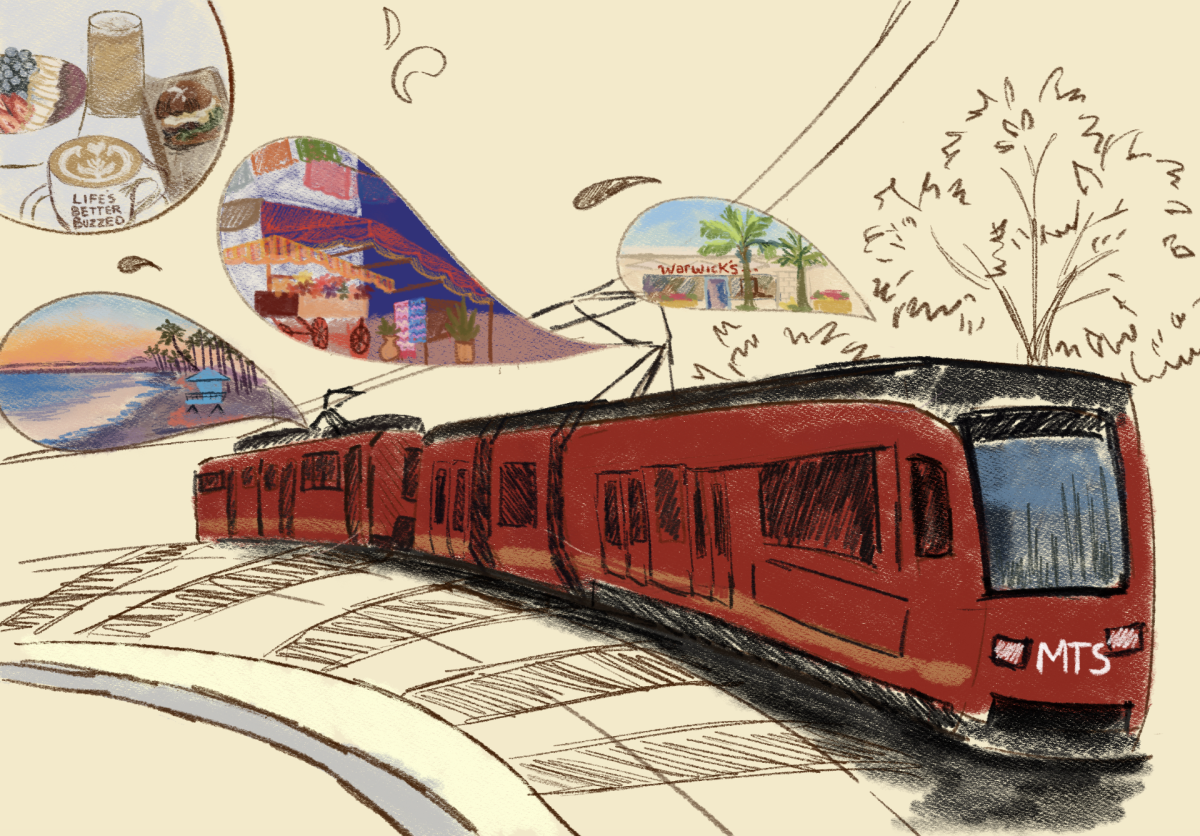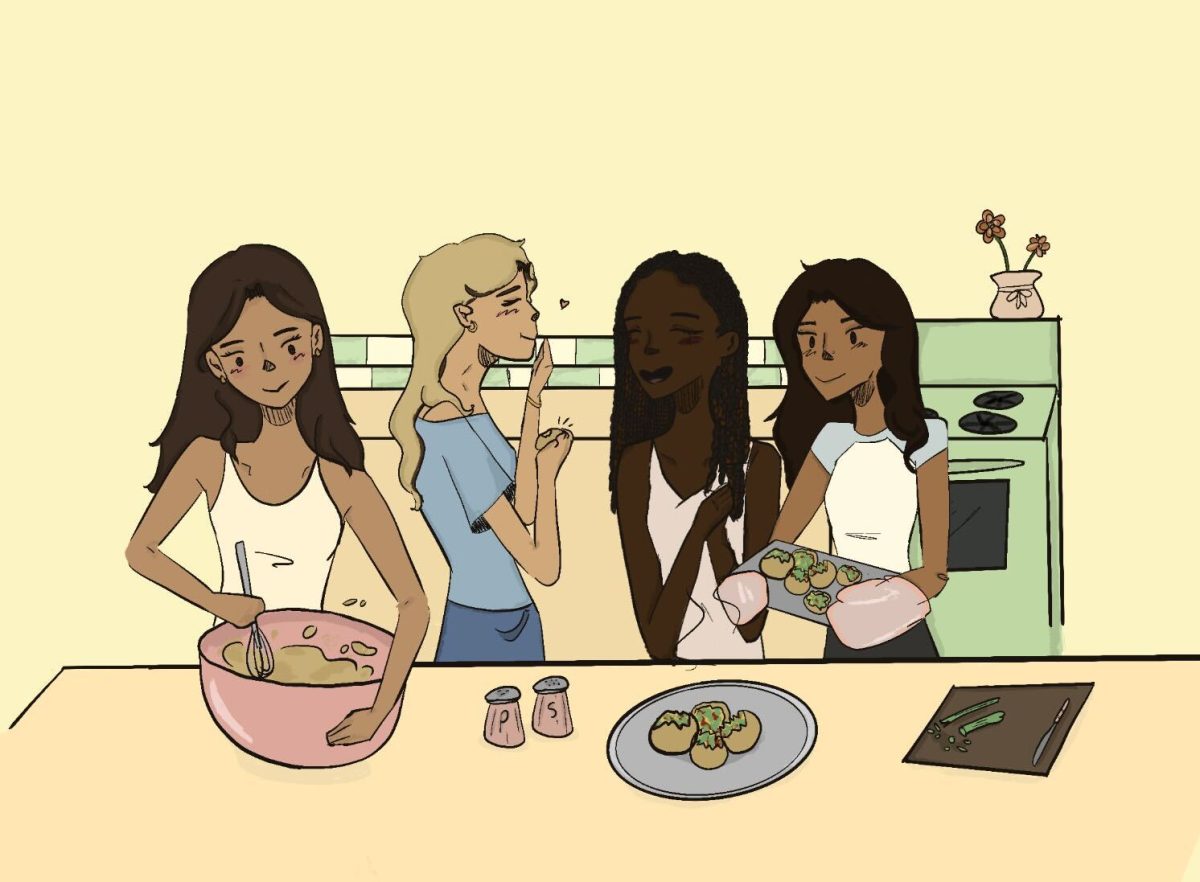Through my Instagram takeover this week, I offered followers a glimpse into my quarantined life: hours of doing work for my online classes, an introduction to my tea collection, and snippets of my dog, who I quipped has been keeping my family and I sane throughout the last few weeks. However, though all of my pictures, boomerangs, and videos were accurate portrayals of how I’ve been spending my time, there was always one key player missing: my anxiety.
Anxiety finds a home
I discovered Zoe Sugg when I was around 13. Better known by her online alias, Zoella, she was a popular beauty and lifestyle YouTuber from Britain and quickly became one of my favorites for her chatty personality and upbeat manner. She felt relatable, like a friend or older sister, and I respected and looked up to her as a role model a lot.
However, there was one aspect of her life that I never understood at the time: Zoe was a long-time sufferer of anxiety. In one video, she discussed her excitement about a big event in London, and how she got all dressed up, got on the train, and walked to the venue — but once she was there, she couldn’t bring herself to go inside because of her social anxiety. I remember pausing the video at this point and thinking to myself: How could anxiety turn someone so confident and well-loved into a shell of themselves? It was unimaginable to me. I had been born a worrywart and definitely was prone to overthinking, but never had fear stopped me from something that I really wanted to do.
My personal journey with anxiety began years later at the end of my first year at UC San Diego. There was a situation where I lost my trust in some people who were very close to me, and it hurt me more than I care to admit. I spent most of the summer trying to heal my wounds, and I returned to San Diego in the fall with heart palpitations and trembling hands. I was terrified to leave my apartment by myself in fear that I would run into the people who hurt me. One night, when I saw one of them after my friends encouraged me to watch a game, I ran back to my apartment with shaky knees and had a panic attack on my floor. It was one of the worst kinds, where you feel like the world is falling around you and it’s hard to breathe.
With time and a lot of reflection, I was able to move on from that situation, but my anxiety has lingered, taking on different forms and different triggers. I often have anxiety about my brother, who has mental health battles of his own. I get anxious about my own health, and the fact that we’re in lockdown because of an infectious virus doesn’t help much. My anxiety also tends to manifest itself physically, and its most recent manifestation is nausea. I know I’m going to have an anxiety attack coming when I start to feel nauseous, and it’s debilitating because the feeling prevents me from wanting to do anything.
Sheltering-in-place with a mental illness
I’ve been home since March 17, so I’ve been sheltering-in-place with my family for almost a month now. As someone who appreciates a routine, it has definitely taken some adjustments. In San Diego, I’d wake up, take the bus, have classes at certain times, fill my day with club meetings and studying with friends, and return to my apartment, where I’d do homework, cook dinner, or chat with my roommate. Now, there’s less of an external structure; while I do have synchronous lectures and online meetings, it’s sometimes hard to stay focused in online environments because it feels less tangible.
For me, physically walking to places and getting changes of scenery throughout the day helped distract me and reduce my anxiety, but when you’re stuck within the same four walls for weeks, it’s difficult to just ignore your own thoughts. I miss the physical act of going somewhere or the feeling of being surrounded by other people — having myself as my own company sometimes means I’m my own worst enemy.
The lack of control over my anxiety is something that continues to haunt me. Seemingly without reason, I can go from feeling fine one second to feeling intense dread the next. It hurts the most when I feel like I’m having a good day — I’ve gotten out of bed at a decent time, I’ve had a productive morning, I ate a nice breakfast — and then suddenly my fingers will start to tremble, a dark cloud overtakes my mind, and a sour taste enters my mouth. I’ll feel everything at once — sadness, panic, fear — and it’s like my body is working against me.
I work primarily at my desk in my room because that’s where I’m the most productive, but the times when I’m anxious and alone are the worst. Even if I try to breathe or distract myself, my thoughts still swirl and spin and try to make me believe in an alternate reality. Once I’ve fallen down what I call the “pit of despair,” it’s hard to get myself out of it, and it’s a really lonely experience.
Developing new coping mechanisms
My coping mechanisms at school were generally associated with changes in environment, relying on my daily schedule for structure and talking with my friends. I don’t want to turn this into a “how I manage my anxiety” article, but I wouldn’t be a Lifestyle editor if I didn’t try to sneak some tips in.
For me, the most important thing I’ve been doing is staying in touch with my friends. It’s really easy to isolate yourself during this time, which I’ve definitely fallen victim to. I still have the mentality that I don’t want to reach out to friends because I don’t want to bother them, but I’m trying to change that because I know talking with people helps me a lot.
There are one to two people I’ll always text on a daily basis, and I’ll regularly text my other friends to check in and ask how they’re doing. Setting up FaceTime or Zoom calls has also been nice because seeing people’s faces and expressions is a whole different experience from just hearing their voices through a phone.
Another thing I’ve been doing is keeping a routine as much as possible. When I wake up, I will always wash my face, put my contacts in, and change my clothes — even if that just means putting on another pair of sweatpants. I will also always make my bed to resist the temptation of getting back into it. These physical changes do a lot to switch my mindset and get myself mentally prepared for the day. Yes, some days I will choose to go back into bed after my 9:30 class, but for the most part, having a routine allows me to get some of that structure I miss from being at school.
Finally, I’ve been trying to get outside for fresh air at least once a day — in a way that’s quarantine-appropriate, of course. If I’m feeling particularly anxious, walking my dog or even just sitting in my backyard serves as a welcome reset. Since I’m in my house all day, it’s sometimes difficult to remember that there’s so much out there and so much beyond what we’re experiencing now.
Doing the best we can
Similar to what Lara and Jacob said in their Quarantine Chronicle columns, I wanted to make a disclaimer that I am grateful to have a roof over my head, food to eat, and a good living situation right now. I recognize my privilege at a time when others have to fight the disease at the front lines, worry about how to get dinner on the table, or live in unsafe homes. I simply wanted to share my experience as a person with anxiety before and after the pandemic began, and I hope my perspective is welcomed in the conversation.
I’ve never openly written about mental health before, partly because admitting it to others means it’s a real issue for me, and partly because it’s a taboo in the culture that I come from. I definitely thought about writing something else for my column and explored all possible avenues: a list of my favorite quarantine activities, a cookbook of the best recipes I’ve discovered, or my feelings on having my senior year upended by COVID-19. But none of those ideas felt completely honest, and I also didn’t want to lie to myself. My experience in quarantine has been a time to bond with family, experiment with new recipes, and binge Netflix, but it has also often been an anxiety-fueled mess.
For those of you who are also quarantining with a mental illness, I see you. While there’s been a lot of talk on the Internet about using this newfound free time on professional development or starting new projects, it’s important to note that it’s also okay to be unproductive. We’re literally in the middle of a global pandemic that won’t end anytime soon, and you shouldn’t feel guilty about not wanting to pursue a side hustle right now, if that’s not what you want. Take this time to do things that are meaningful to you. For me, that means focusing on myself, spending time with loved ones, and baking desserts to my heart’s desire.
We’re all doing the best we can, and that’s enough.
Art: Anxiety by Yui Kita


